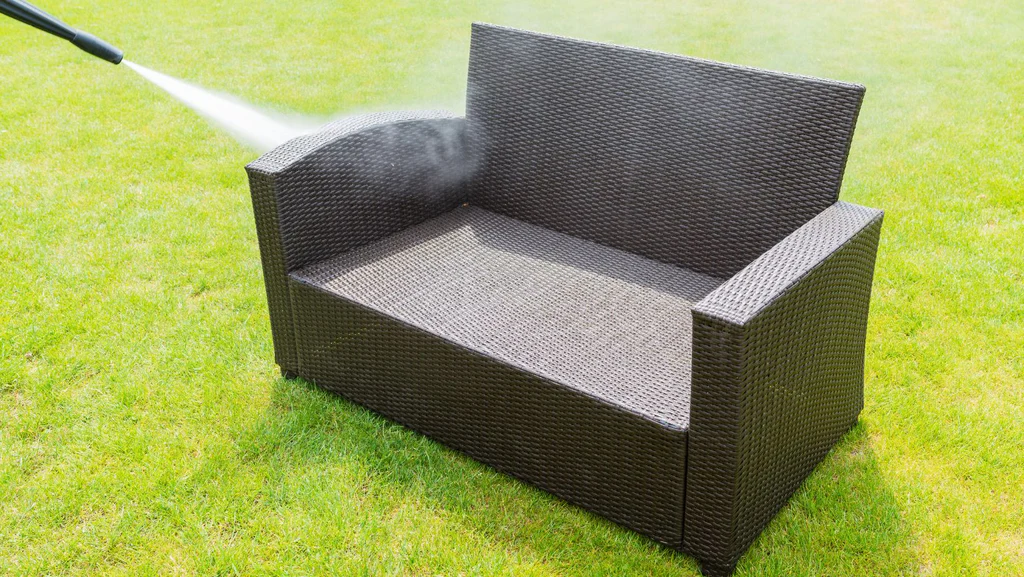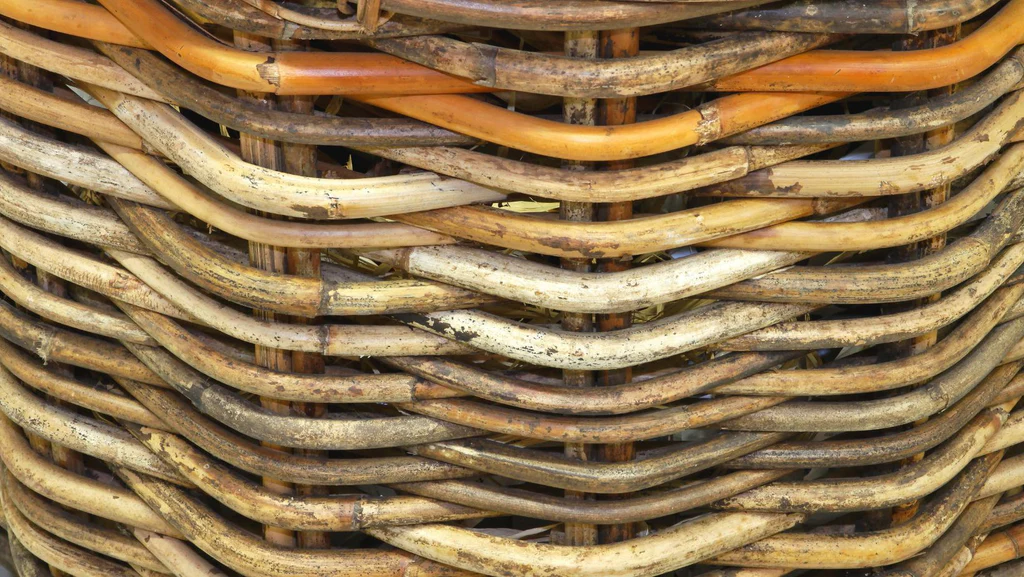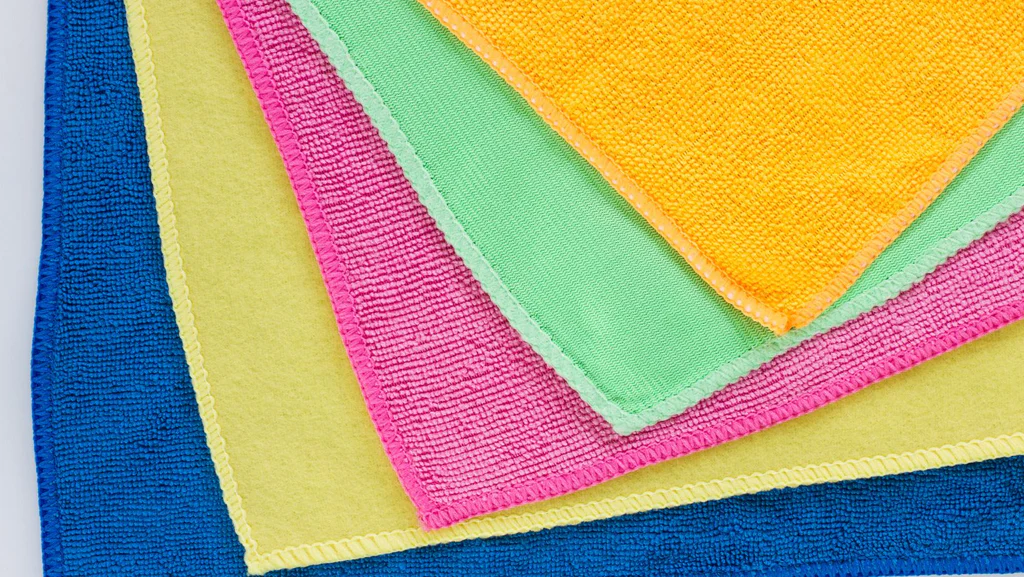Are you looking to give your wicker furniture a thorough cleaning? Maintaining the appearance of items such as chairs, tables, and outdoor furnishings is crucial for keeping your home looking its best. However, many people aren’t quite sure how to properly clean and care for this unique material. Luckily, you’ve come to the right place! This guide will walk you through some simple and effective methods to keep your wicker furniture looking beautiful. Wicker furniture often features intricate designs that can easily accumulate dust and grime. To keep it looking pristine, it’s a good idea to dust or vacuum with an upholstery attachment at least once a week. For a deeper clean, aim to wash the furniture thoroughly at least once a month. Any spills or stains from food, drinks, or dirt should be cleaned immediately. It’s also important to inspect your furniture periodically—ideally at least once a year—to check for signs of cracks, mold, or mildew, particularly if the pieces have been exposed to outdoor conditions. To remove dust effectively from wicker furniture, use a microfiber duster or a vacuum cleaner fitted with an upholstery brush. This thorough dusting ensures that dirt doesn’t settle deeply into the intricate weave. In case of food stains, drink spills, or muddy marks on your wicker furniture, act quickly. Avoid rubbing the stains, as this can push the substance deeper into the weave. Use a spoon or a dull knife to gently scrape off any solid particles. Afterward, wipe the area with a damp microfiber cloth and let it air-dry naturally. For stubborn stains, use a toothbrush to loosen the dirt, then dampen a cloth with a drop of dish soap and gently scrub the area. Let the furniture air-dry for several hours. Mix four cups of warm water with one teaspoon of mild dish soap in a container and stir well. Have a separate container filled with clean water nearby to rinse your cloth during the cleaning process. This ensures your cloth stays clean and effective. Using a microfiber cloth, start wiping your wicker furniture from the top. Rinse the cloth frequently in the clean water bucket, squeezing out excess moisture until it’s slightly damp. For any buildup in the wicker weave, gently remove it using a toothbrush. Be cautious not to saturate the wicker with water while cleaning. Let the furniture air-dry naturally unless it’s excessively wet. In that case, you can gently pat it dry with a soft towel. Before starting, carefully inspect the wicker furniture for any cracks or fractures. Once the cushions are removed, pay special attention to the legs for signs of mold or mildew, especially if the furniture has been exposed to the elements. If mold is present, mix equal parts chlorine bleach and water. Wear gloves and use a soft rag soaked in the solution to treat the affected areas. Be careful not to soak the wicker too much. To speed up the drying process, place the furniture in direct sunlight. After dusting, removing stains, treating mildew, and washing with soap, allow the wicker to dry completely. Once dry, condition the wicker by applying boiled linseed oil with a clean, soft cloth. Use the cloth to wipe down the wicker, starting from the top to prevent drips. The oil will moisturize the fibers and help prevent future breakage. Allow a minimum of 48 hours for the piece to dry completely before reassembling it with cushions. Synthetic wicker furniture is more resistant to water damage than natural wicker. If you want to give it a thorough cleaning, using a garden hose is a great option. You can use the same detergent as you would for other materials, but be sure to rinse it thoroughly afterward to avoid detergent residue in any cracks. Absorb excess water with a towel and let the furniture dry completely. For the best results, washing on a windy day can help speed up the drying process. When moving wicker furniture, avoid dragging it across the floor. Lift it gently from both sides to prevent putting too much strain on the fibers. To reduce wear and tear and minimize the risk of cracking, consider placing rubber caps or felt pads under each leg of the furniture. This creates a protective barrier between the furniture and the floor. Extreme humidity can compromise the durability and appearance of wicker. To keep your furniture in good condition, avoid placing it in areas with high or low humidity levels. To prevent uneven fading from sunlight, rotate your wicker furniture periodically. This ensures all sides receive equal sun exposure and maintain a uniform appearance. For wicker seats, upholstered cushions are recommended. They help distribute weight more evenly and reduce the likelihood of the wicker sagging over time. Cushions also add comfort and support. When it comes to cleaning and maintaining wicker furniture, consistency and gentleness are key. Regular dusting and spot-cleaning can make a big difference in preserving the beauty of your wicker pieces. With these tips in mind, you’ll have everything you need to know about cleaning and maintaining wicker furniture, ensuring it looks fantastic and lasts for years to come. Module: until pitch 25.4 Sprockets,Gear Tools,Drive Sprockets Dayue Precision Technology , https://www.dayuechn.comHow Often Should You Clean Your Wicker Furniture?

How to Clean Wicker Furniture

Weekly Cleaning
1. Dusting
2. Treating Stains
Monthly Cleaning
1. Preparing a Cleaning Solution
2. Setting Up a Rinse Bucket
3. Cleaning the Furniture

4. Addressing Build-Up
5. Allowing Natural Drying
Yearly Cleaning
1. Inspecting for Damage
2. Tackling Mold and Mildew

3. Preparing the Wicker
4. Applying Linseed Oil
Cleaning Synthetic Wicker

How to Maintain Wicker Furniture
Handle with Care
Protect the Base
Control Humidity Levels
Rotate for Balanced Sun Exposure
Use Upholstered Cushions

Ø up to (mm): 800
Toothing width up to (mm): -
hobbed or gear shaped